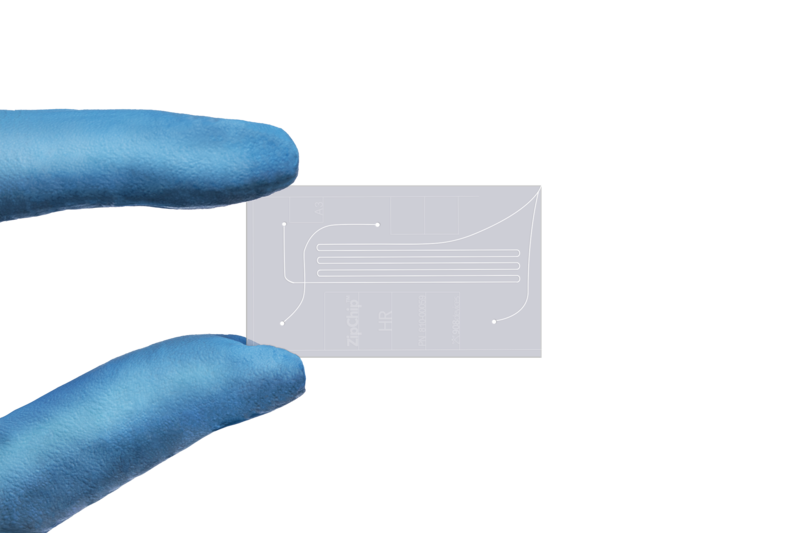MS Accessory Brings Faster Analysis
LISTED UNDER:

ZipChip is an innovative system that provides high-quality separation capabilities as a front-end for mass spectrometry (MS), resulting in fast analysis for a broad range of biomolecules. Powered by integrated microfluidic technology, ZipChip revolutionizes the analysis of small molecules to large intact proteins from a range of biofluids and matrices such as blood, urine, plasma, cell lysates, growth media and biotherapeutic products. This enhancement will accelerate the pace and productivity of the biopharmaceutical and biotech development process, from the discovery and development of biotherapeutics all the way through to production and product QA/QC.
Traditionally, MS is used for a wide range of biopharma and biotech applications. However, for many large molecules, such as intact proteins, antibodies (mAb), or antibody drug conjugates (ADCs), traditional separation techniques are not directly compatible with traditional MS instruments. Even with small molecules, onerous sample preparation and long analysis times seriously impact lab productivity. With ZipChip, users can obtain positive analysis of these separation peaks by simply connecting a ZipChip interface to existing MS instruments.
The system integrates on-board sample preparation, capillary electrophoresis (CE) and electrospray ionization (ESI) into a single microfluidic device to prepare, separate and electrospray biological samples directly into a mass spectrometer. With little sample preparation by the user, the cost-effective technology analyzes molecules quickly, eliminating any trade-off between speed, quality and the amount of sample needed.
Through this single interface, users can achieve the following benefits:
• Reduced analysis time: In three minutes or less, the system produce separations that are typically equivalent to thirty-minute liquid chromatography (LC) or traditional CE runs with better quality results.
• Broad applications and low sample volumes: ZipChips are optimized for both large and small molecules and only require a few nanoliters of sample.
• Process efficiency: Typical LC or CE sample prep can take up to thirty minutes. Add to that the long run times and could save users up to one hour per sample.
• Simple implementation and ease of use: The system easily integrates with commonly used MS instruments and has simple push-button operation.
908 Devices, www.908devices.com





